|
I want to thank our Summerhaven neighbors, Heidi and Art, for clueing me into the presence of a Red-shafted Northern Flicker nest close to their cabin in Carter Canyon, and for graciously allowing me to get some images from their deck on July 5th. Below are two iPhone 13 images of the tree in question near the eastern base of the canyon. In the image to the left you can see the dead tree, top recently lost in the 2023 February storm. On the right is a close up of the same tree with a hole well placed in a bark-less area. If you look really closely, you can see something in the hole, like a tiny seafarer peering out of a porthole! Northern Flickers are woodpeckers in the order Piciformes, family Picidae, consisting of 239 species of woodpecker worldwide. All About Birds lists 23 species of woodpecker in the U.S., which includes what we name as woodpeckers, sapsuckers, and flickers. For more on species of woodpeckers covered on these pages see my post of June 11, 2022, Northwest Ohio, Spring Migration 2022, Part 2, Woodpeckers. Northern Flickers are large woodpeckers with black and white scalloped plumage, a distinctive black bib, and a slightly decurved bill (bends down slightly at the tip). In the western U.S. they have red shafts on the flight feathers, in the east the shafts are yellow. In the west the males have a red whisker, in the east it is black with a red nape. Below, to the left is a male Red-Shafted Northern Flicker in Summerhaven in a late March 2020 snow, and to the right a male Yellow-Shafted Northern Flicker in flight over Cape May, N.J., October 2021. Northern Flickers feed on insects, mostly ants and beetles from the ground, but like all woodpeckers, are cavity nesters. They excavate their nest holes in dead or diseased trees, but unlike many other woodpeckers, they may reuse their own cavities or use an empty cavity another species has excavated in previous years. The nests are usually 6 to 15 feet off the ground. Food Run 1 of 3, Dad swoops in with a quick bite . . .Canon R7 with RF 100-500mm at 500mm 1/400 sec., f/7.1, ISO 5000, +1EV. As Heidi and Art can attest to, there are four nestlings in the hole, two males, and two females. On this day I saw one female, big, hungry and a tad aggressive, and two males. It is possible that the two females were playing tag team during my visit, showing only one face at a time, I cannot be sure! In the frame above, a female chick looks out at us, and below she emerges looking for mom or dad, and some food. One of the males seems to be getting choked off at the edge! Below, the female emerges and gets a portion of her left wing out the opening. Dad arrives with food. Note the red whisker on the adult male flicker, and the hint of red in his tail. Below, the hungry female nestling gets fed. I got many shots of this feeding sequence, but I have edited them down for at least some degree of brevity! (My posts can get really long . . . .) Canon R7 with RF 100-500mm at 324mm 1/1000 sec., f/7.1, ISO 506400, +1/3 EV. Above, dad pauses after a quick delivery, and below, takes off looking for more food for the hungry kids! Food Run 2, Mom arrives with lots of goodies . . .Canon R7 with RF 100-500mm at 254mm 1/1000 sec., f/7.1, ISO 5000, +1/3 EV. The nestlings greet mom with a raucous chorus that loosely translates into "feed me, feed me, feed me!" (I hear avian language translation is getting really advanced! Can't wait until is is part of Merlin!) Above, the female chick gets fed quite a bit. It looked like mom had a lot of bugs in her crop and kept coming up with goodies for the offspring. Again, only one photo of dozens. Below, mom takes a pause . . . And, above and below, mom resumes feeding. Note that another male has appeared at the bottom of the hole, just barely getting his left foot over the edge. Mom pauses again. The raucous chorus continues. She resumes feeding below. Above, mom pauses, then makes her exit to the left. Although I did not see the male chicks get fed during the 90 minutes I was set up, they looked pretty healthy and developing well. Birds of the World reports that female Flickers lay their eggs in sequence, perhaps a day apart. So, it is likely that they also hatch in sequence, with the eldest always being as bit bigger than the rest. If there is enough food for everyone, this may not be a problem. With some species in times of limited food, the youngest may not survive. Some owl species will abandon nests with eggs if the mated pair think there is not enough food for the adults and hatchlings. Food Run 3, The Male Nestling queues up hoping to get fed.Above one of the males gets in line before the food arrives. Below, he greets mom only to have one of the females nudge in from below . . . . And, below, the female chick pushes her brother out of the way, effecting a body block with that pesky left wing. (Don't forget there is actually a hockey team called the Red Wings* . . . ) *In fact, there are three NHL teams named for birds, Penguins, Thrashers, and Mighty Ducks. The Red Wings are in fact named after a tire brand! Oh well . . . Last frame, below, mom is about to leave, and the chant for lunch continues . . . These nestlings should be fledging soon. Stay tuned! For the photo geeks: The hole is on the west side of the tree, and in the morning it is in the shade, but in fact, well lighted with reflected light from the adjacent trees and understory, and from the side of the house to the west of the tree. As noon approached, the sun began to side-light the west side of the tree, technically providing more light but also sharp lines between light and shadow. In camera exposure compensation and post production processing became more difficult! Open shade with reflected light was much better, as I think this series of images shows. That's all for now!
Regardless of where you are, stay cool and stay hydrated! Happy trails!
8 Comments
|
AuthorHenry Johnson, photographer and author of this site. For more detail, see About
Categories
All
Archives
July 2024
|
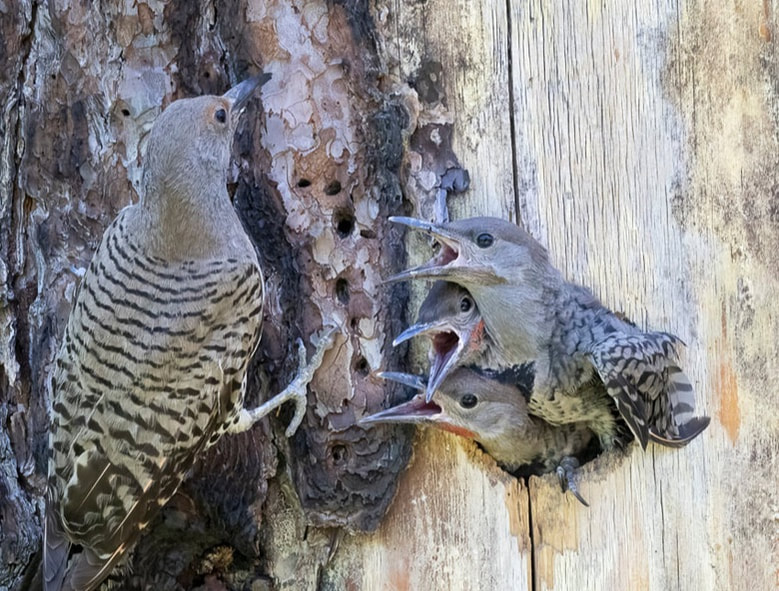
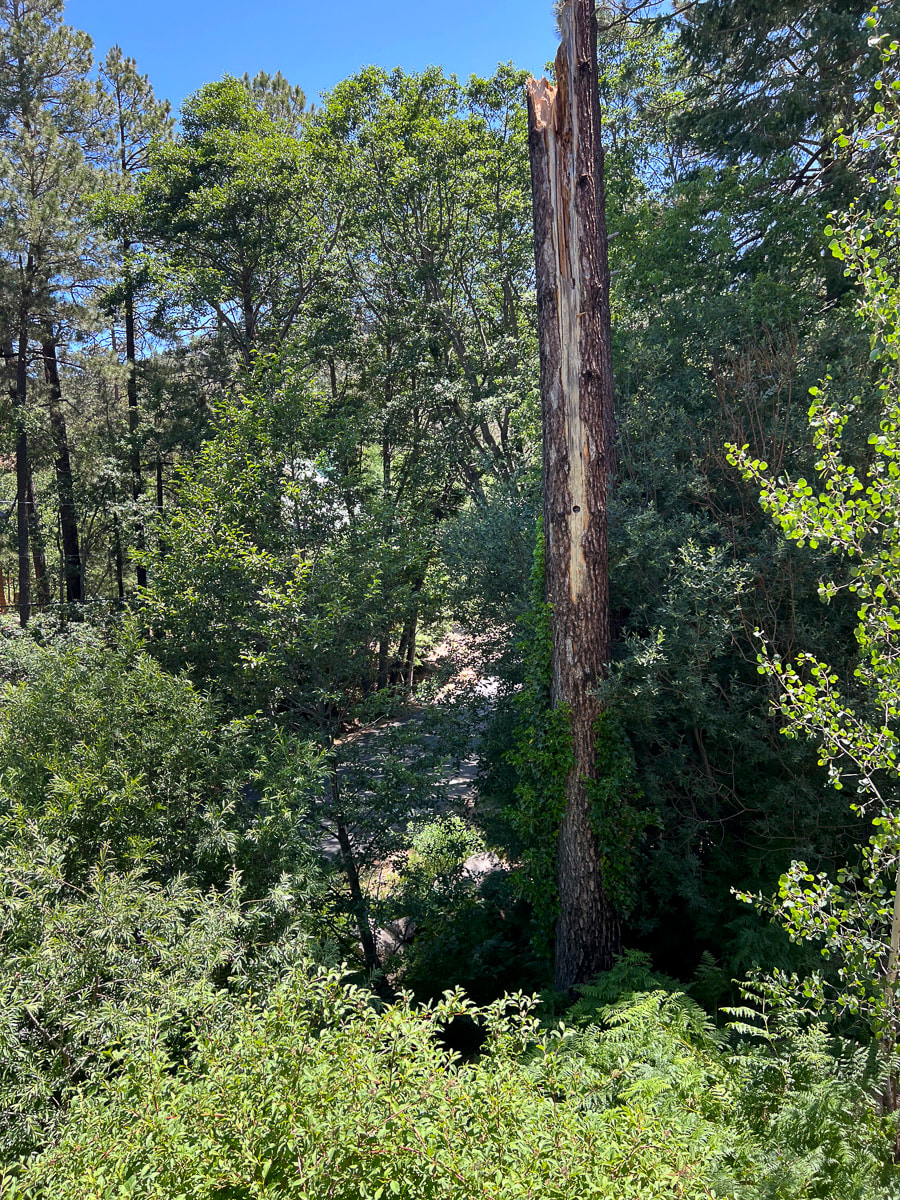
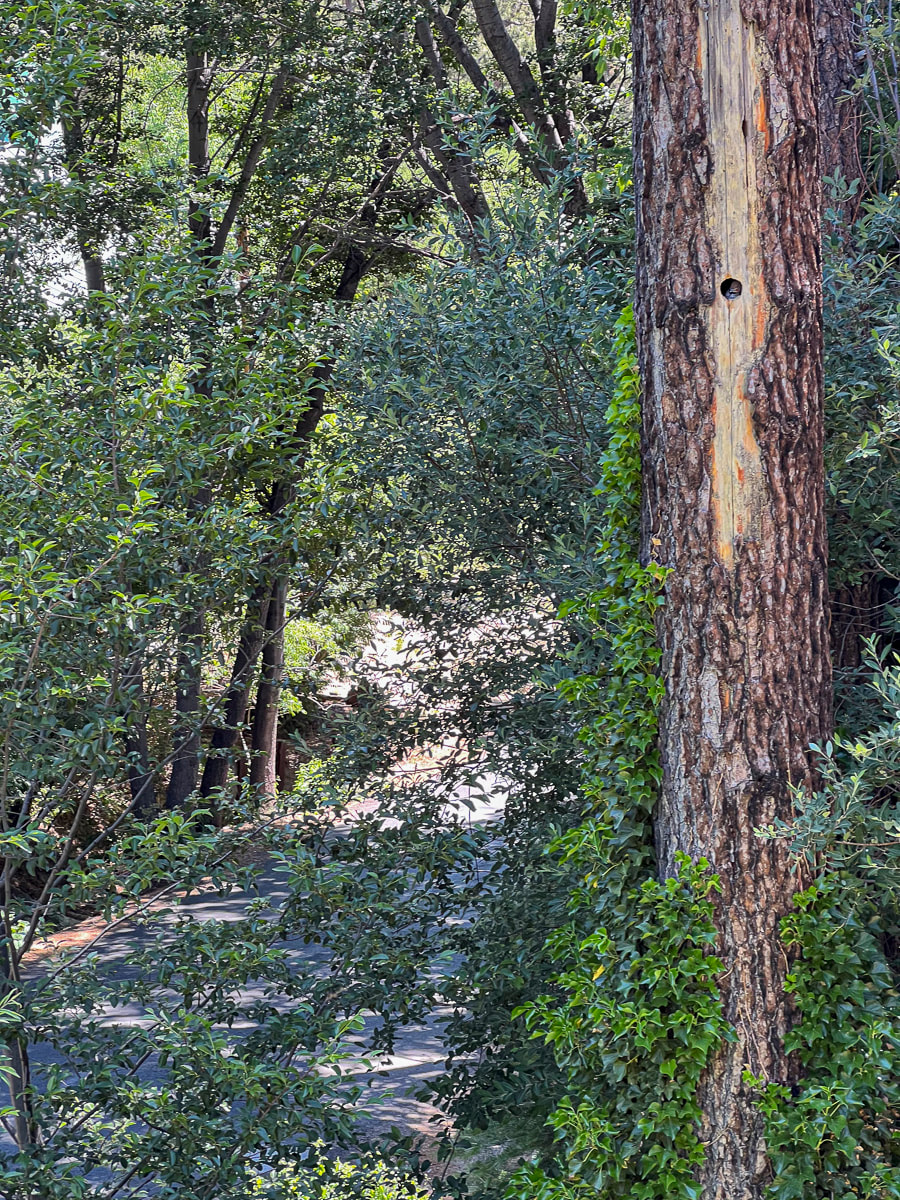
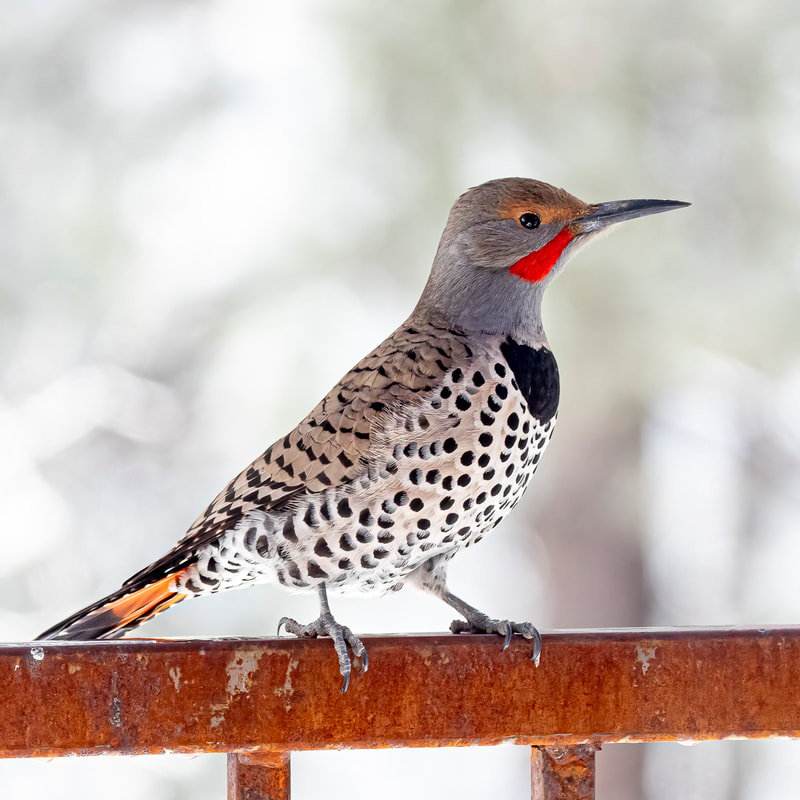
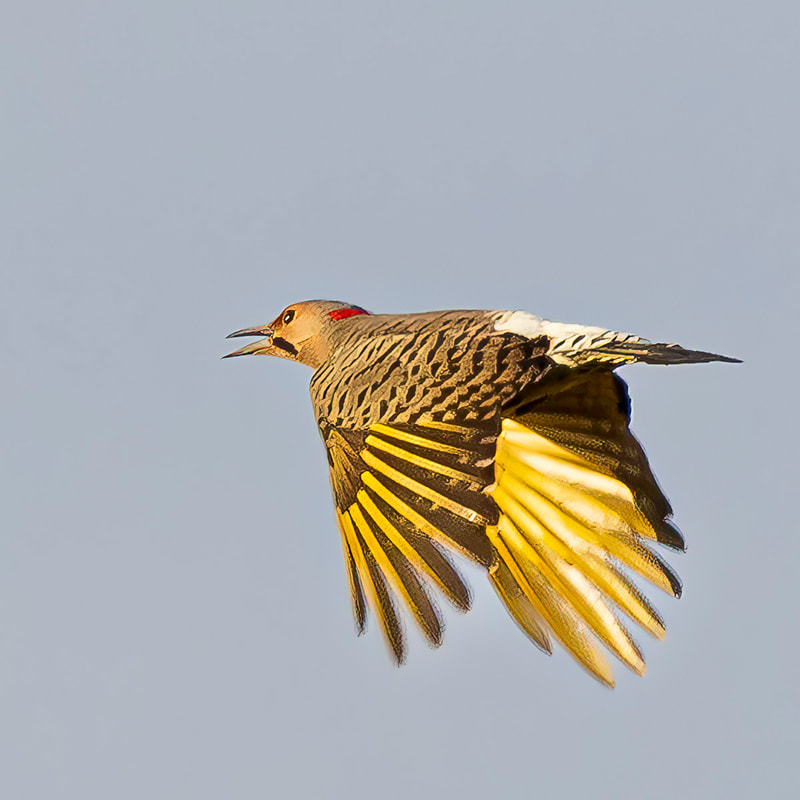
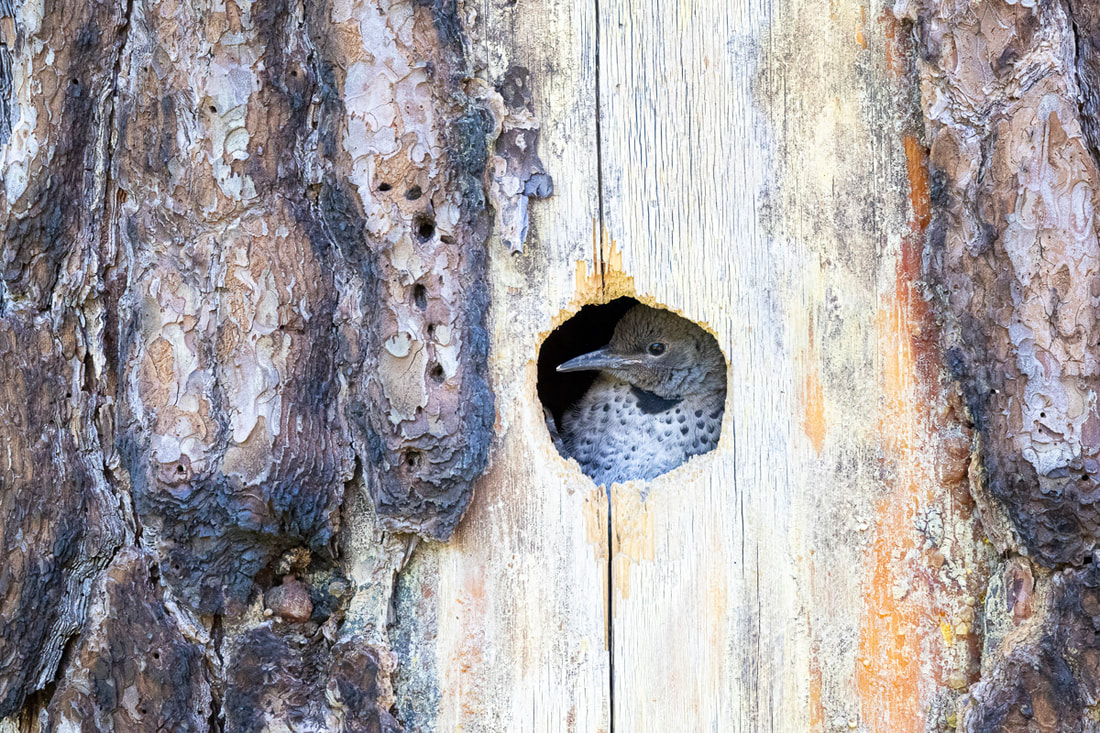
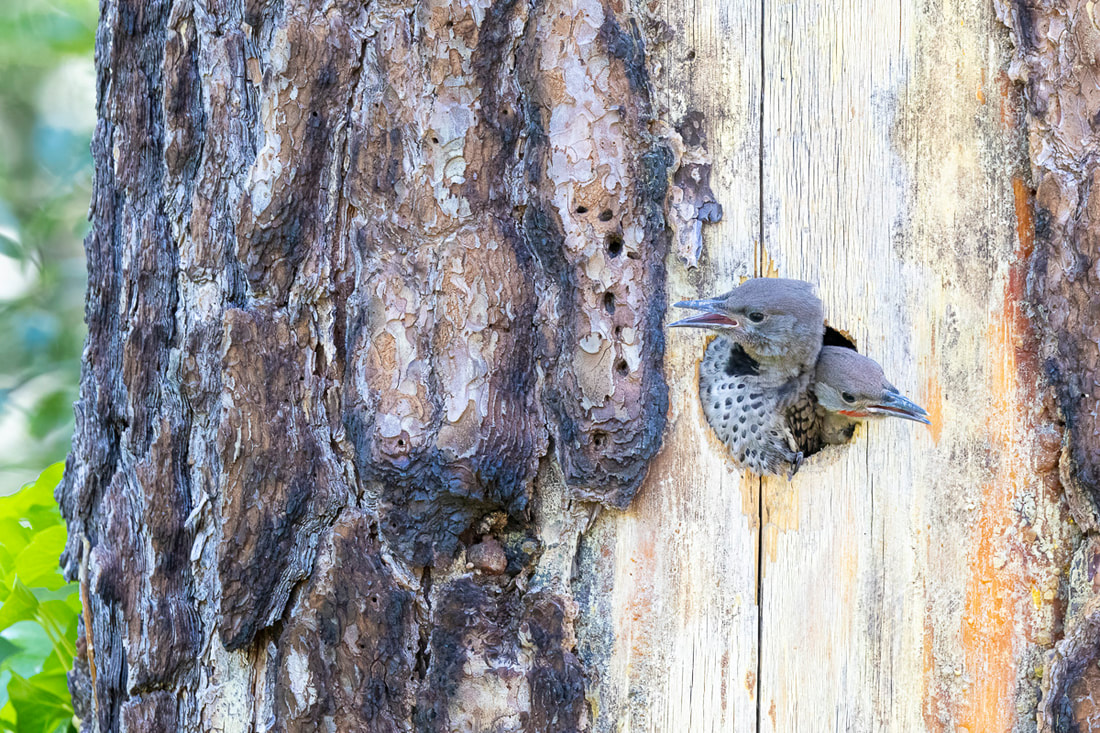
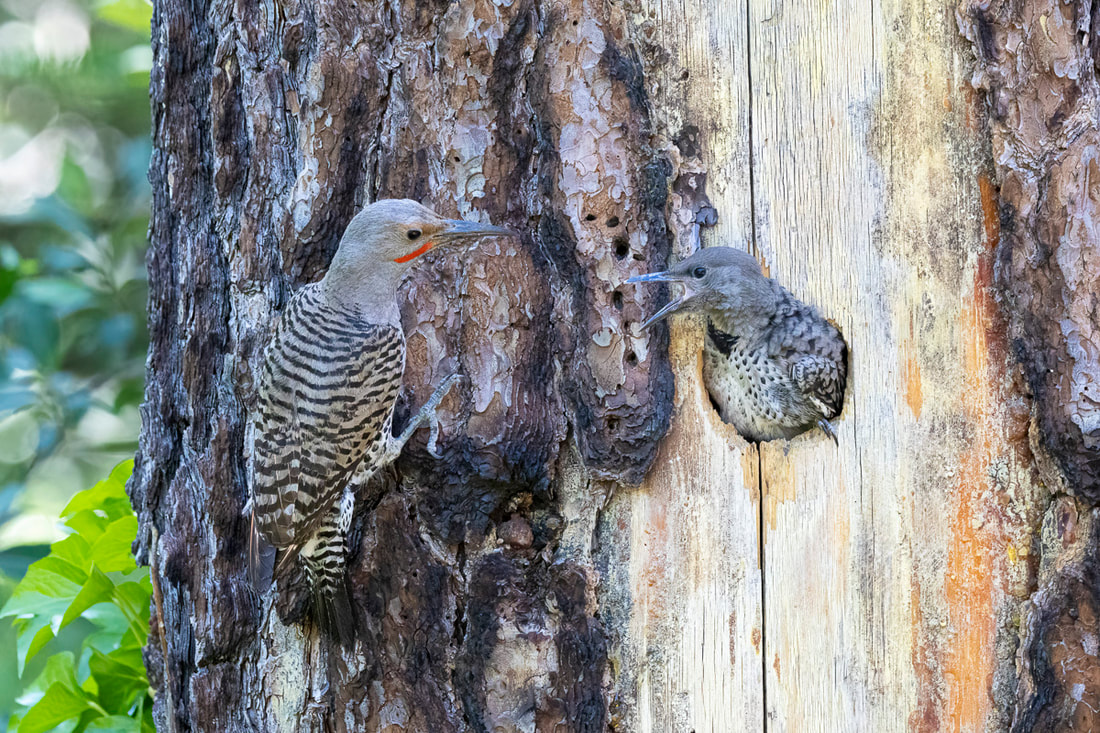
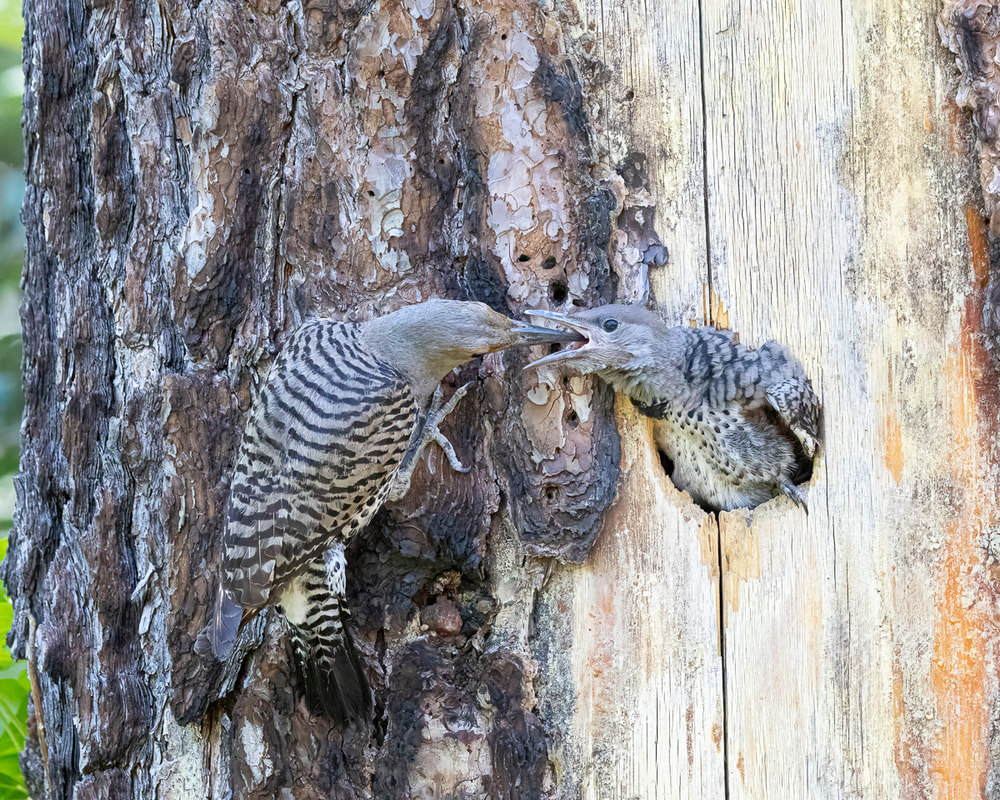
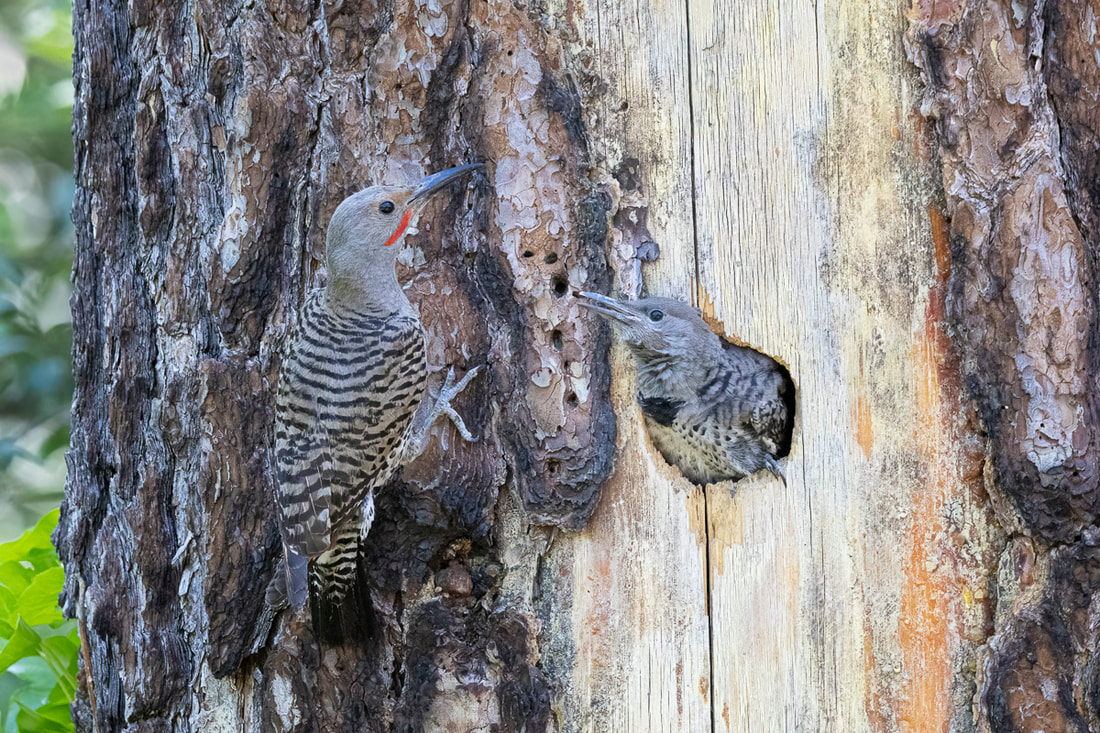
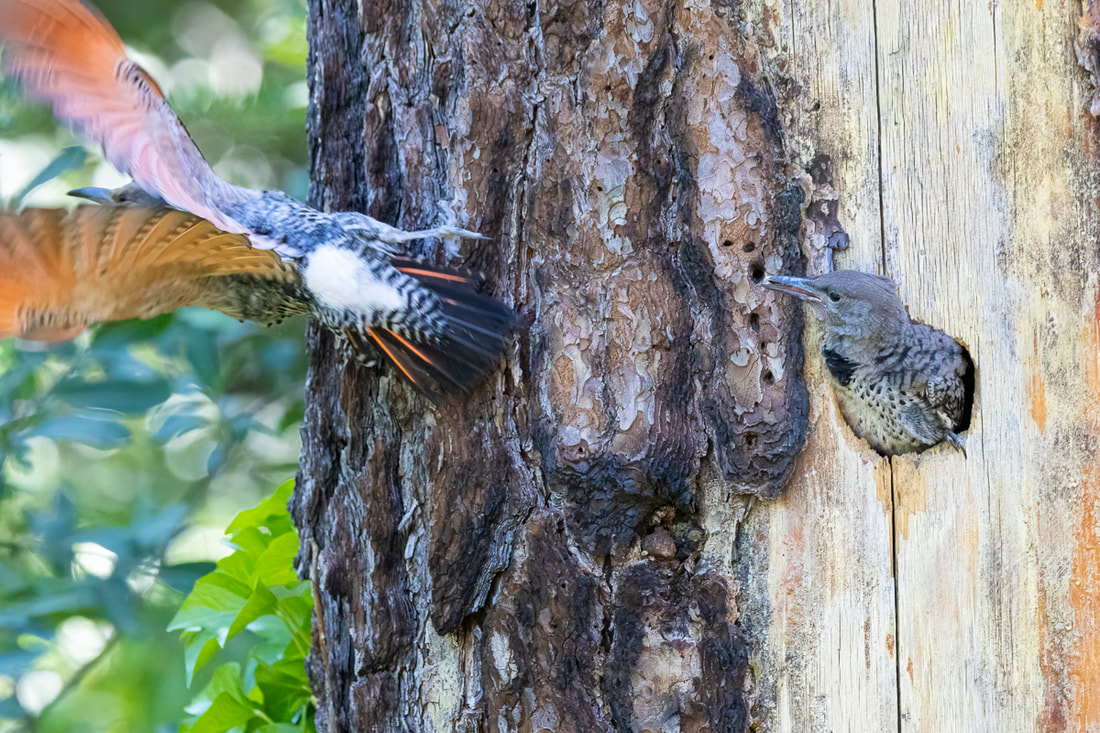
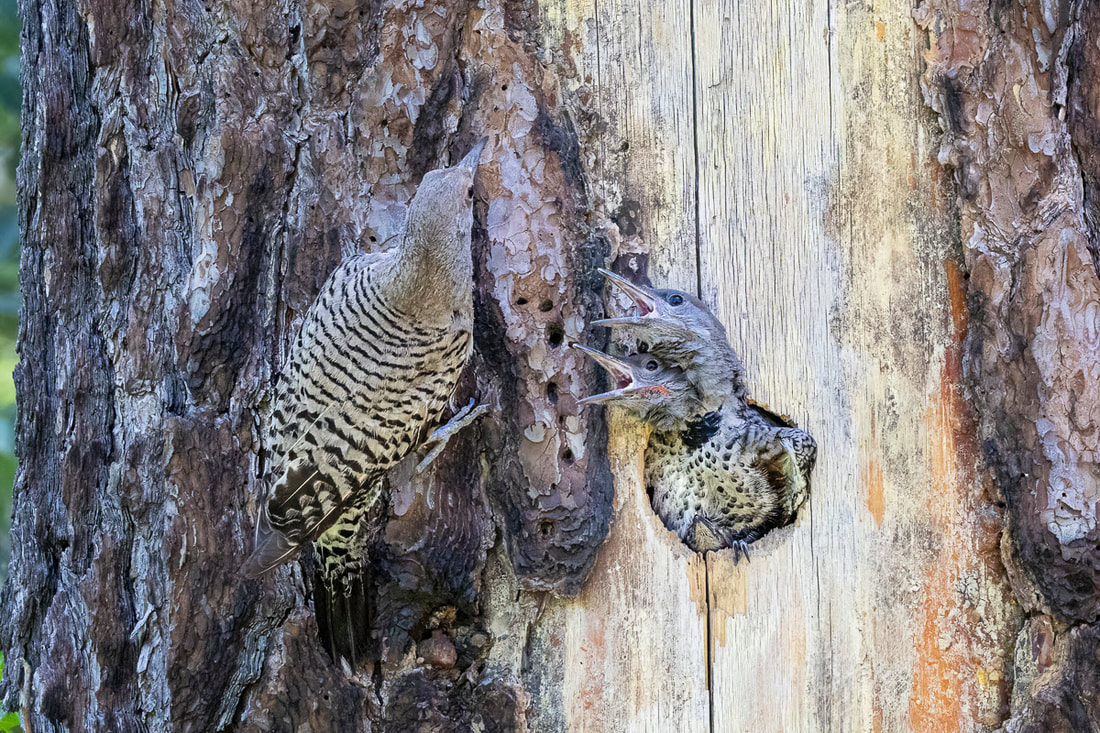
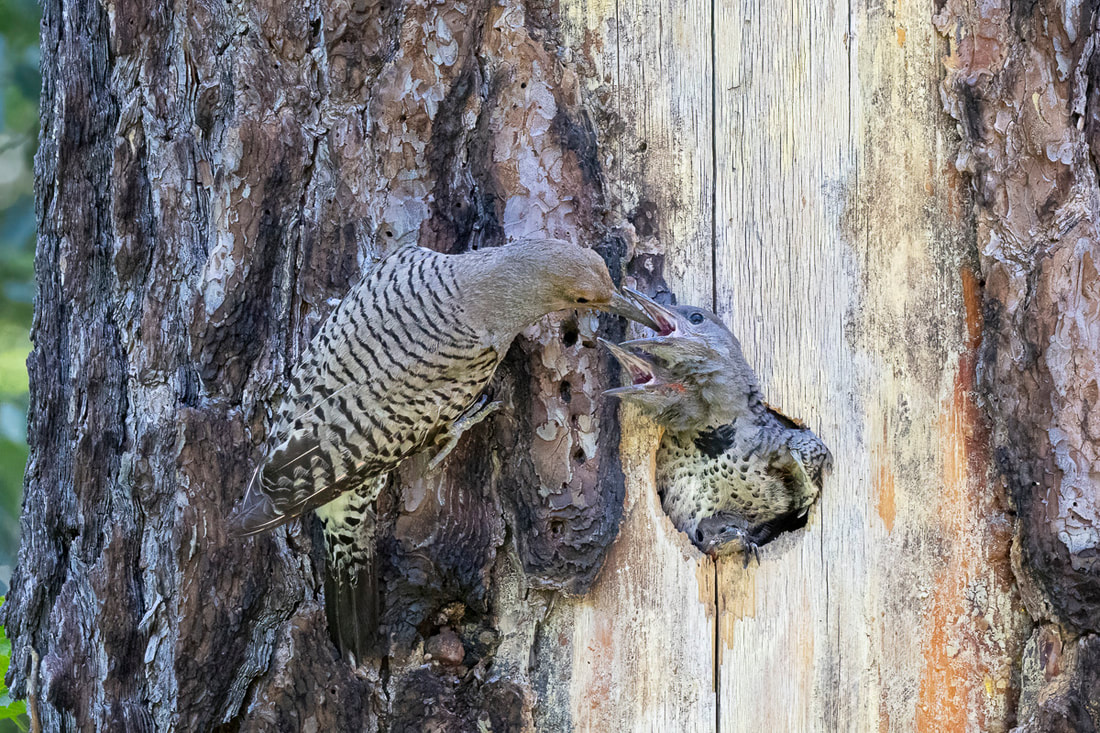
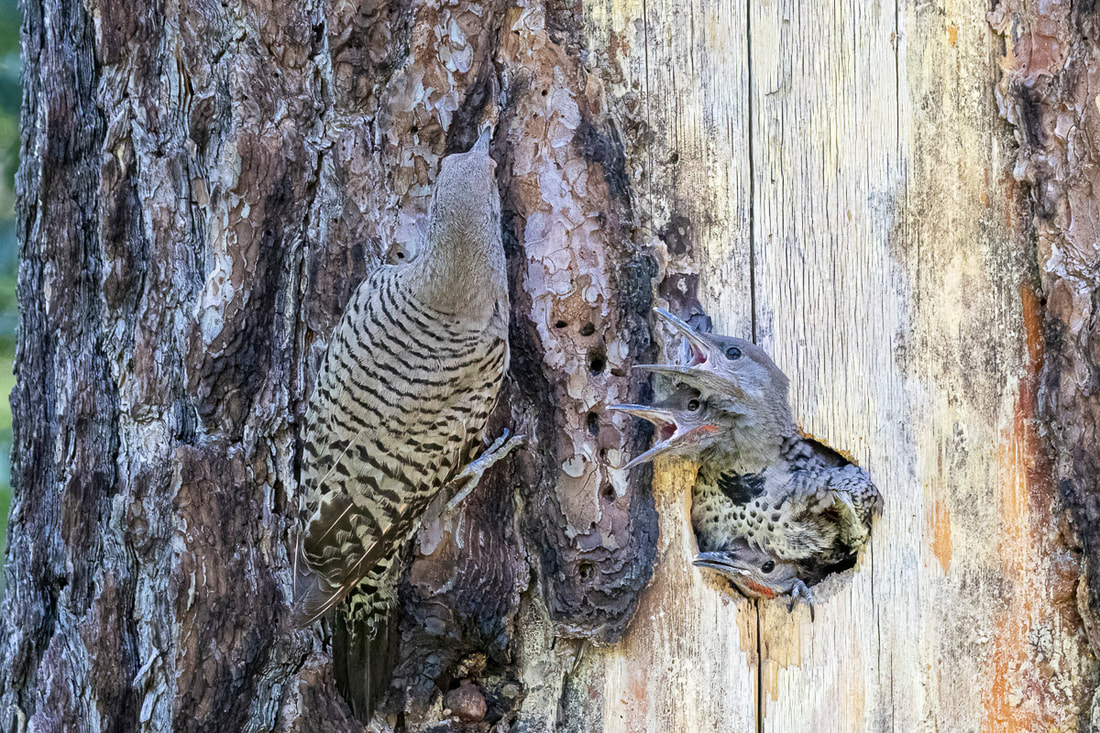
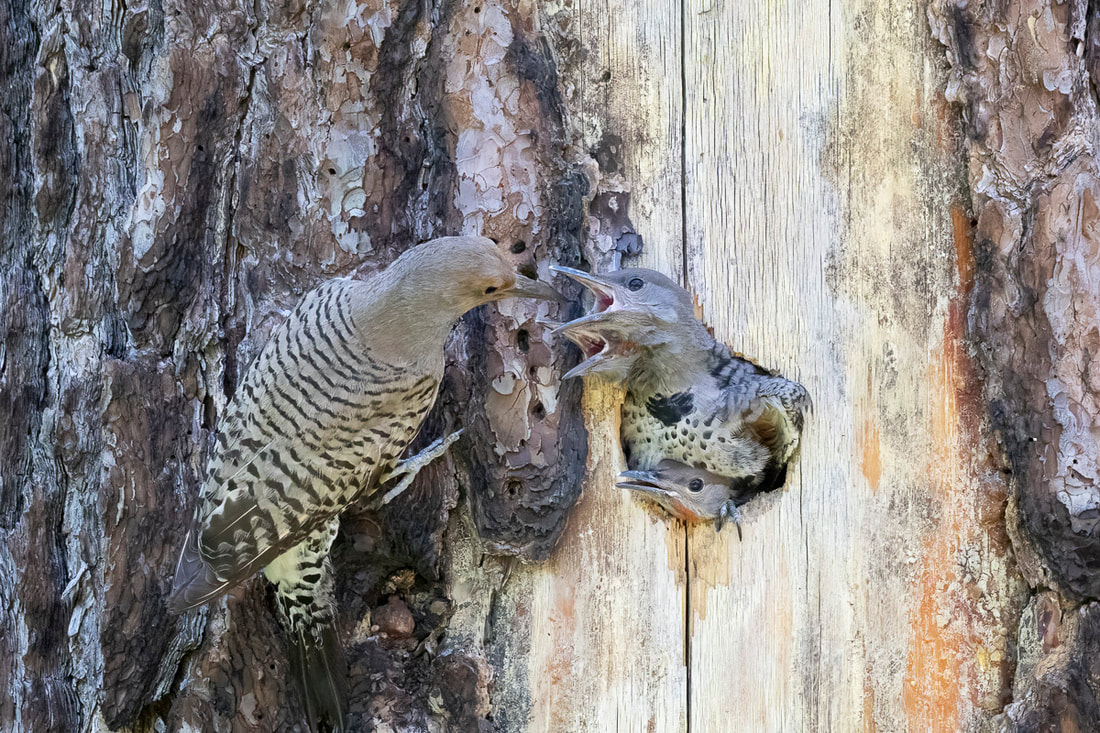
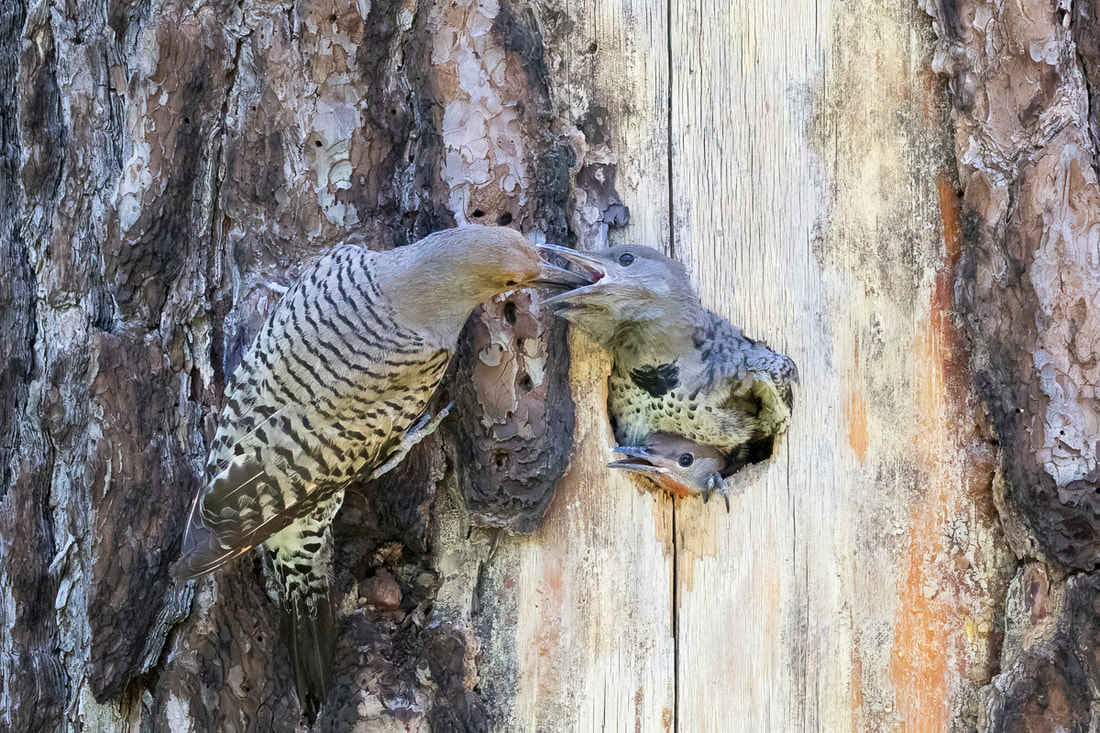
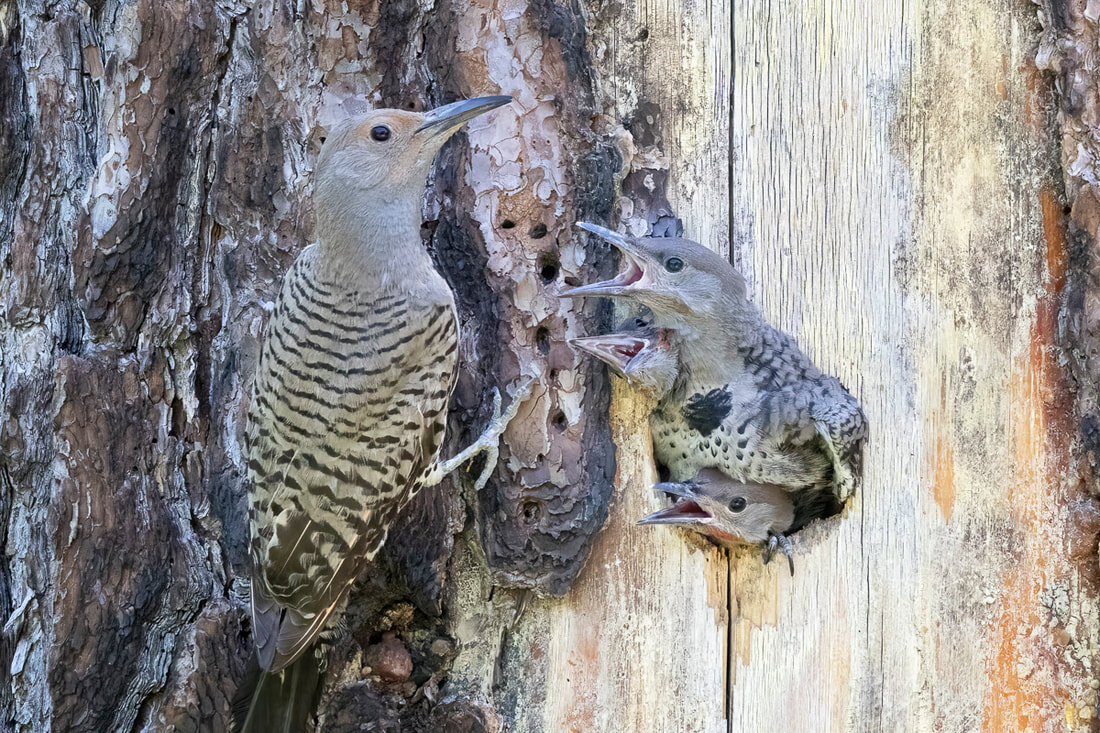
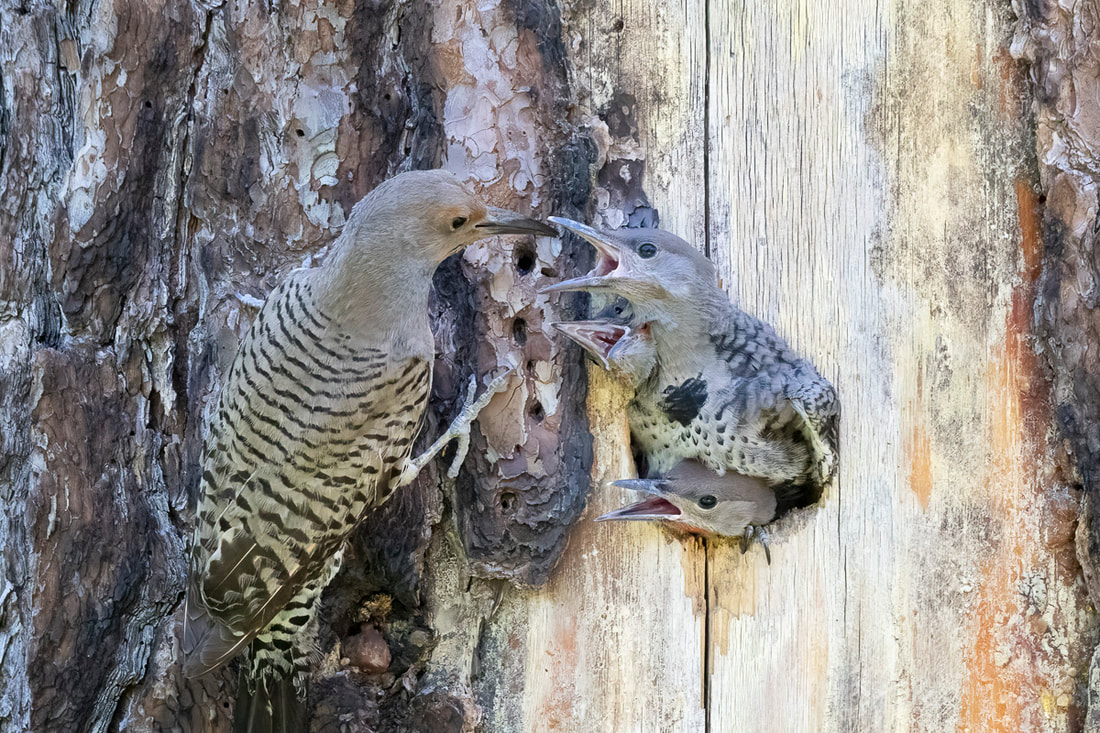
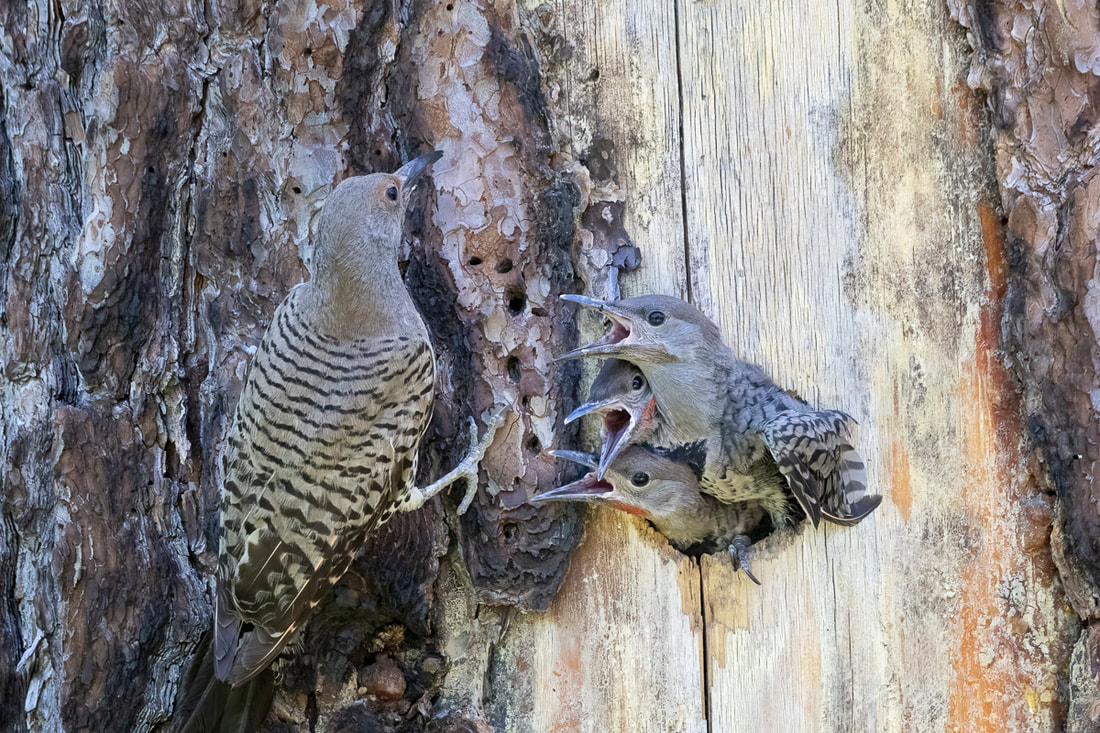
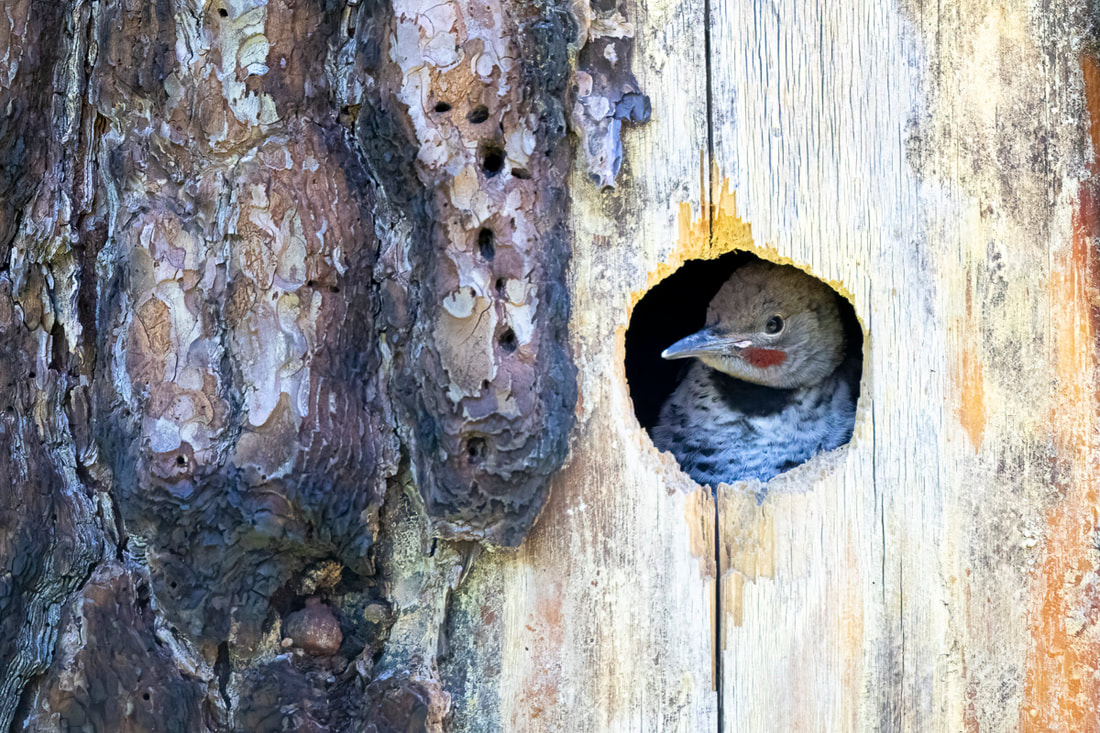
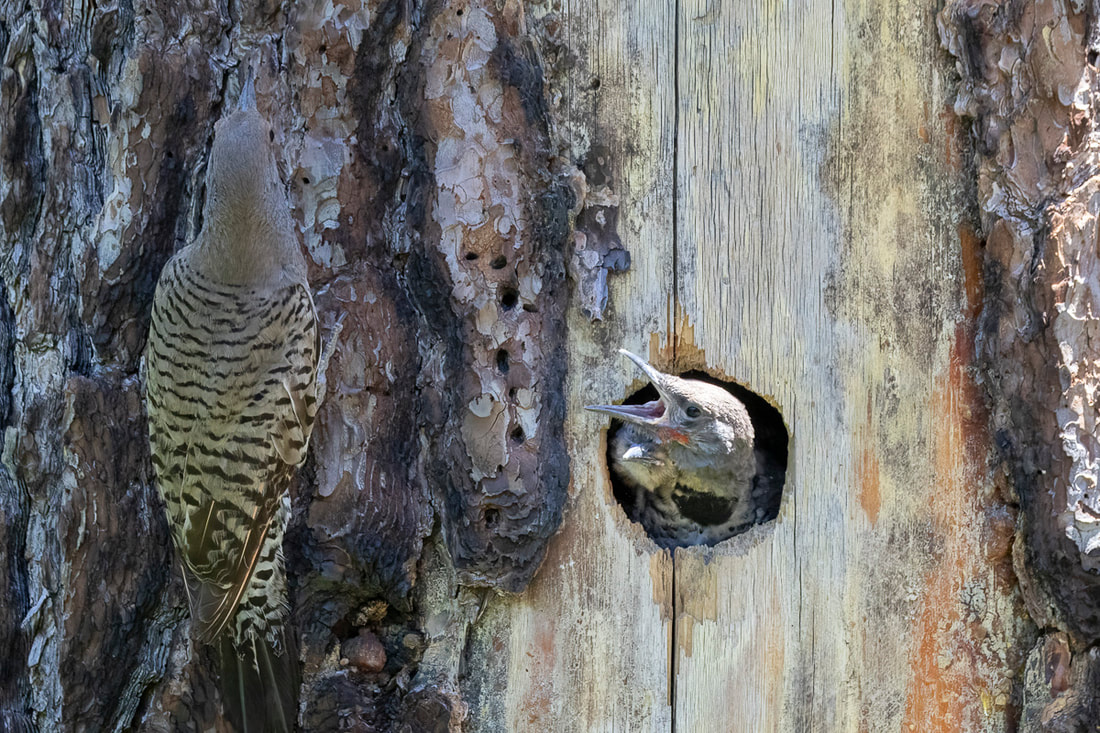
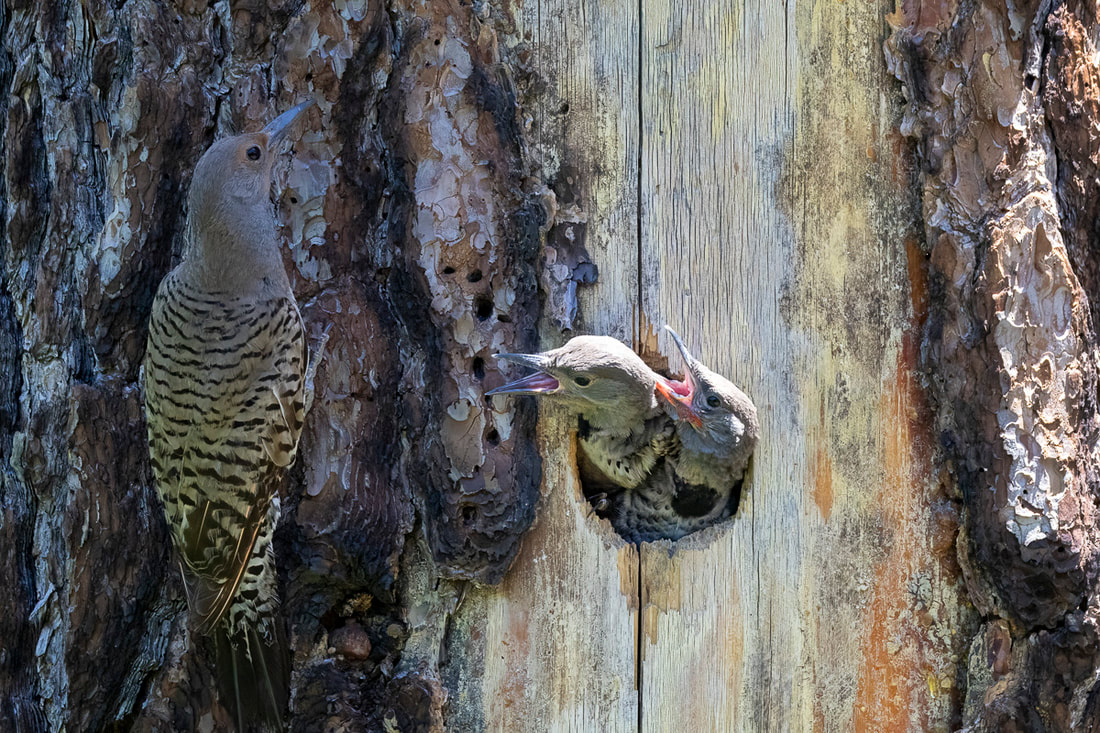


 RSS Feed
RSS Feed